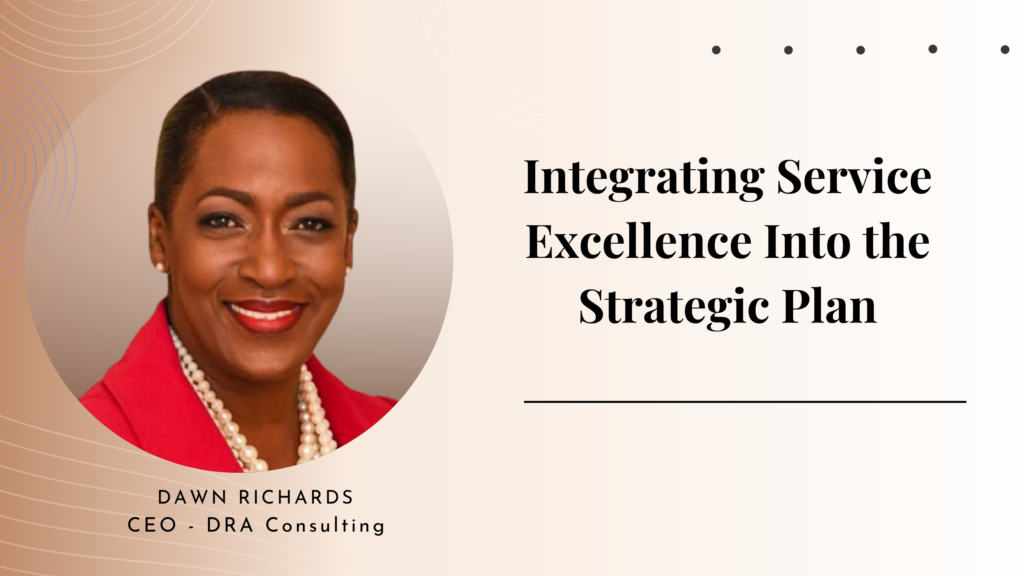Everybody wants to go to heaven, but no one wants to die. Similarly, every business wants to attain gloriously positive customer outcomes, but many balk at the colossal effort needed to achieve these results. Getting to a place of service excellence is not for the faint-hearted business. It requires an iron-clad will to not yield to the distractions that cause service delivery strategies to be displaced by more “critical” operational needs.
A big issue is that many businesses do not have a coherent process for achieving a consistently great level of customer experience and therefore lose themselves in the clamour and noise, fuelled by uncoordinated service related activities. Lots of movement, but very little service improvement progress or acceleration.
Everybody wants to go to heaven, but no one wants to die. Similarly, every business wants to attain gloriously positive customer outcomes, but many balk at the colossal effort needed to achieve these results.
A productive starting point would be the inclusion of service excellence in the strategic plan of a business and its dedication as a strategic pillar. Elevation to this highest level of strategy means customer happiness (the outcome of service excellence), will now be accredited with a level one priority status and will have its own cascading goals, strategies, objectives and targets.
While strategic pillars command their own little universe in strategic plans, they should be integrated effectively, with the other pillars. This will enable synchronization of not only business intent for the plan period, but also integration of the moving parts at tactical level as well. Let me say here that I’ve encountered many businesses that struggle to blend the strategic and the tactical levels of their overall plans. It does not help that the typical Achilles heel of a strategic plan is ineffective implementation.
In those businesses where service excellence is integrated into the strategic plan, there are some defining elements.
It requires an iron-clad will to not yield to the distractions that cause service delivery strategies to be displaced by more “critical” operational needs.
The foundational element is the creation of an overall strategy that articulates the positioning of the service brand and the new vision for keeping customers happy. For example, a business may want to pivot from being disproportionately focussed on sales, so becoming a “sales and service” entity may be a strategy under the service excellence pillar.
The foundational element cascades into several sub strategies and goals that represent the roadmap of actions that energize service excellence generally. Let’s take a look at three sub-strategies that should be considered during the road-mapping stage.
A technology and digital sub-strategy is now mandatory, given today’s worldwide shift to the widespread use of automation and artificial intelligence. Digital adoption is enabling businesses to deepen the design and delivery of the customer experience through speed, responsiveness, democratization of information and ease of doing business.
A productive starting point would be the inclusion of service excellence in the strategic plan of a business and its dedication as a strategic pillar.
The competition for customer attention and retention relies heavily on the ability of a business to integrate artificial intelligence into its operations to achieve a personalized experience for the customer and a significant cost-effective outcome for itself. By the way, personalization now has a duality of meaning depending on the generation being served. To a baby boomer, personalization may mean an in-person transaction, whilst to a millennial, personalization may mean “all things mobile,” including apps, online sources of reference and only “essential” in-person interactions.
A people enablement and talent strategy should be high on the sub-strategy list. Whilst customers run a business, employees enable it. Having an agile employee population that meets current and evolving service delivery needs, is mission critical. Digital labour needs to flourish alongside human labour, with the latter being retrained and reskilled to shift into areas that require mainly human input.
The strategic planning efforts of the future will not be effective without a change and culture sub-strategy that supports the achievement of service excellence. The pandemic showed quite forcefully that businesses need to be ready to spin their operations on a dime, if and when needed.
From where I sit as a service transformation consultant, I believe that going forward, the inclusion of service excellence as a strategic pillar in the strategic planning process will be inescapable.
The culture of a business will need to be built to withstand a future filled with accelerated innovation, revolutionary growth opportunities and, of course, uncertainty. This means a culture that is in a continuous state of “readiness for change” and one that does not collapse under the tremors of a shifting competitive landscape.
From where I sit as a service transformation consultant, I believe that going forward, the inclusion of service excellence as a strategic pillar in the strategic planning process will be inescapable. Its purpose will be to remove the chaos and incoherence that result from not having an accountable mechanism for connecting a service excellence intention, to great customer outcomes.
How else can a business grow its ambition from satisfactory to good and from good to great, in the way it achieves customer happiness?

